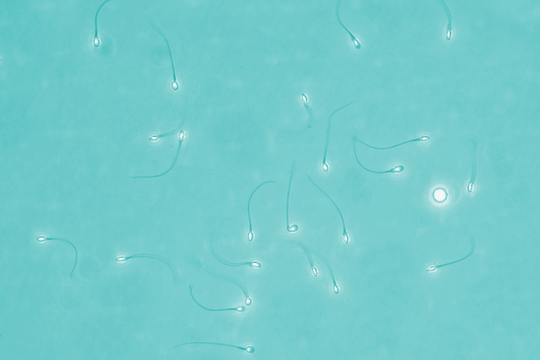Re-purposing the growth factor VEGF-C

An eLIFE digest features our recent publication about VEGF-C (https://elifesciences.org/digests/44478/re-purposing-the-growth-factor-v...). Even though our research did not deeply delve into the function of VEGF-C during reproduction, the reviewers comments and our answers (under the "Author response" heading) give more insight than the publication itself. We did not include the sperm motility data in the manuscript. Although sometimes stunning in its magnitude, we did not always measure increased sperm motility in response to active VEGF-C. As is common knowledge, sperm as a biological sample is of highly fluctuating consistency and quality. Interestingly, a paper in eLIFE published two years ago gives some additional insight in what we might be dealing with: Sperm competition risk drives rapid ejaculate adjustments mediated by seminal fluid. This paper shows that the swimming speed of sperm is rapidly regulated by males depending on the social situation (presence of a female or a male competitor). Imho, such factors seem to be almost impossible to control when dealing with human samples...
However, the title ambiguously also refers to cancer. Based on our data, we speculate that VEGF-C can be repurposed from being lymphangiogenic to being angiogenic, and further, to be metastasis-promoting.



